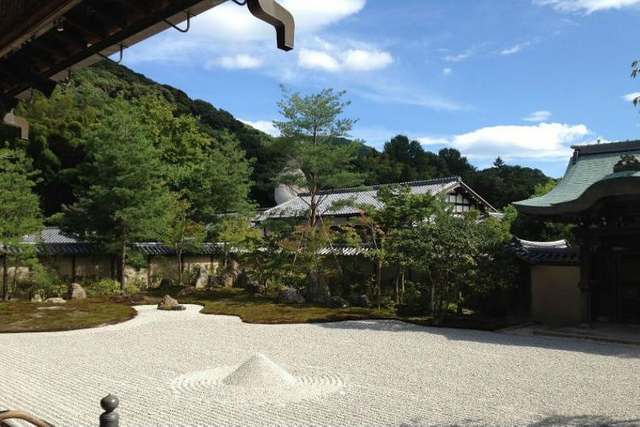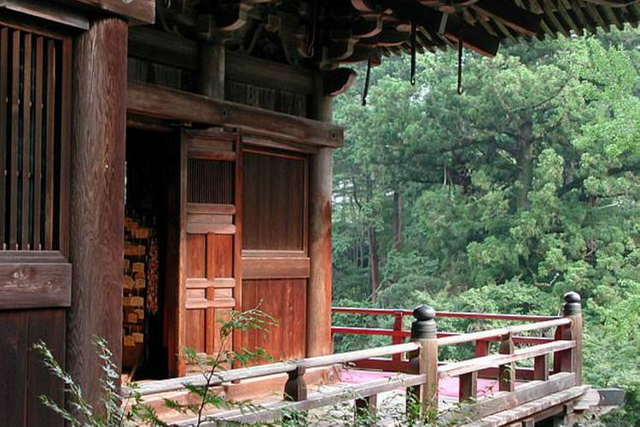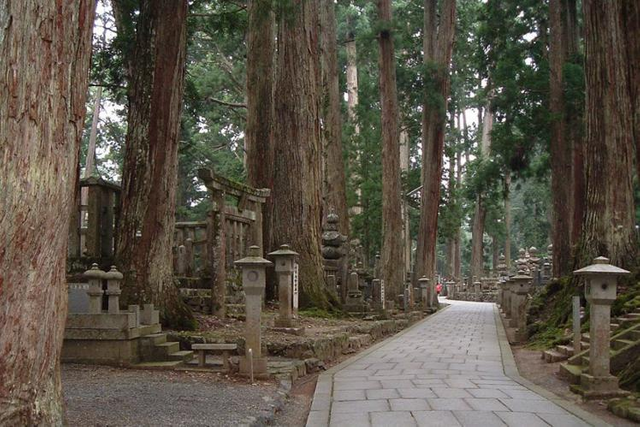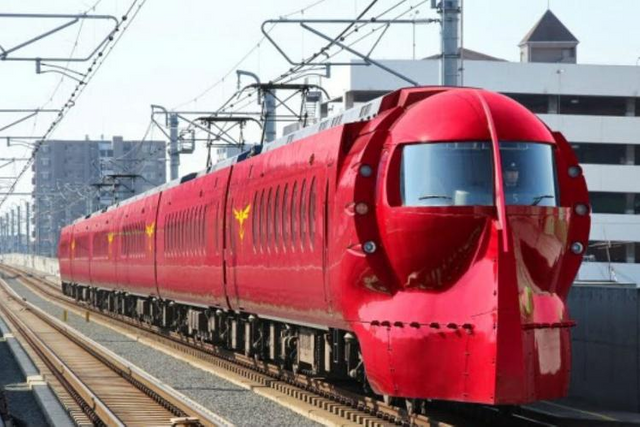
Almost 1,200 years ago, Kobo Daishi entered a university in the imperial capital of Nara. But the emphasis on Confucianism in these schools, as well as the insincerity of the Buddhist monks in the city overcame their belief, as they wanted to focus on supporting society. He left the university at the age of 20 and was educated to be a fervent Buddhist. After all, Kobo Daishi, also known as Kukai, built a mountain hut on Mount Koya (Koya-san) in 819 and today the complex is an integral part of Japanese Buddhist culture.
A step towards the rescue

Leave the neon streets of urban Japan; You can go down to the mountain, dotted with 52 Shukubo (lodging in the temple). Ideal for crazy souls looking for a sacred filter. It's your chance to escape boring urban life. There are no millennials obsessed with selfies; there are no sophisticated coffee shops to cope with their thirst for artisanal coffee. The traditional 1,000-year-old Shukubos are modest when they sit on a tatami mat on the floor and eat conventional vegetarian food. Few of these sacred temples have other services, such as sutra writing courses and natural hot springs.
Koya-san's experience helps expose the stratified existence of human life, and here is a light that never goes out. As the center of Shingon Buddhism, Mount Koya (in Wakayama prefecture) has 117 temples and is often known as the most sacred place in Japan. An increase in world notoriety attracts many tourists every year and has also been inscribed on the UNESCO World Heritage List. Koya-san is characterized by beautiful forests of cedars dotted with ancient pagodas, restaurants and souvenir shops.
The experience of disillusion

Disillusionment is a beautiful word; It prevents you from seeing. Ideally, Koya-san was built for traditional believers. There has never been a place for Western civilization to discover the truths of life. One way or another, over the years, more and more tourists come to live a "spiritual experience" and are unable to draw a line between a show and a lifestyle. You can find complaints about temple accommodation, food and general dissatisfaction with the experience. But it's important to understand that the monks here are not trying to create a show so you can get an epiphany. What is an adventure for you is a way of life for monks and devotees? You only pay to be part of life that is not part of your reality. Therefore, it is essential that the environment absorb it and that the disappointment occurs slowly and regularly.
Here there are many experiences in Koyasan, be it Danjo Garan (often described as the holiest place on the mountain) or Banryutei, the most extensive rock garden in Japan. The highlight, however, is Okunoin, a cemetery. There are around 200,000 gravestones here, with 10,000 lanterns. Memorial sites commemorating the dead include war heroes, royalty, historical figures and business leaders. At the end of road, you will finally arrive at the mausoleum of Kobo Daishi, the man himself, the mornings of the week are the best for a visit because the weekends are usually marked by hordes of Japanese tourists who come to show their devotion
Arrive at Mount Koya and accommodation.

You can board the Nakai Electric Railway, which makes four round trips per day and also operates express trains between Osaka Namba Station and Koyasan Station. From Koyasan station, you can reach the city center in 10 minutes by bus.
Some Shukubo reviews (temple huts) here are Suji-in, Ichijo-in, Hongaku-in, and Eko-in.